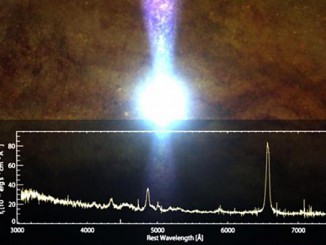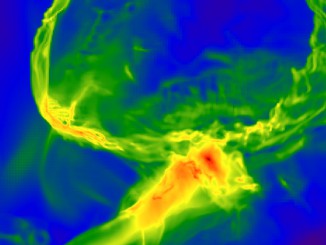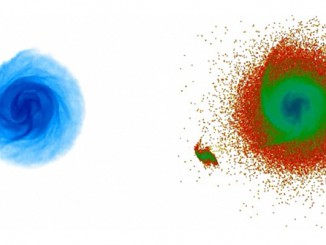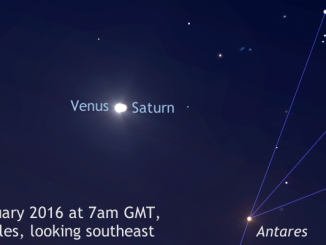
‘X’ marks a curious corner on Pluto’s icy plains
“X” marks the spot of some intriguing surface activity in the latest picture of Pluto returned from NASA’s New Horizons spacecraft. This image from the Long Range Reconnaissance Imager (LORRI) extends New Horizons’ highest-resolution views of Pluto to the very centre of Sputnik Planum, the informally named icy plain that forms the left side of Pluto’s “heart” feature.









